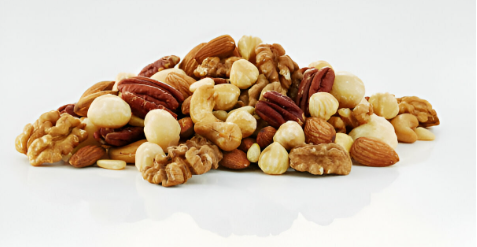Dry fruits are a powerhouse of nutrition. Packed with essential vitamins, minerals, and antioxidants, they offer a wide range of health benefits when consumed in moderation. But the real question is: how many dry fruits should you eat in a day? Let’s explore the ideal daily intake and how to make the most of your dry fruit routine.
Why Portion Control Matters
While dry fruits are healthy, they are also calorie-dense. Overeating them can lead to unwanted weight gain and digestive issues. The key is balance — consuming just the right amount to get the benefits without going overboard.
Recommended Daily Intake of Common Dry Fruits
Here’s a simple guideline for how much you can eat daily:
-
Almonds – 5 to 8 pieces
-
Walnuts – 2 to 3 halves
-
Cashews – 4 to 5 pieces
-
Pistachios – 8 to 10
-
Raisins – 1 tablespoon
-
Dates – 1 to 2 medium-sized
-
Figs (Anjeer) – 1 to 2 pieces
You can enjoy them individually or go for a mixed dry fruit combination to get a variety of nutrients in a single serving.
Best Time to Eat Dry Fruits
-
Morning (empty stomach): Soaked almonds, walnuts, and raisins help improve digestion and provide energy.
-
Midday snack: A handful of mixed dry fruit can help you avoid junk food cravings.
-
Evening: A small portion can act as a healthy snack to keep you full till dinner.
Tips to Include Dry Fruits in Your Diet
-
Mix them with your breakfast cereal or yogurt.
-
Add them to smoothies.
-
Use them in salads or desserts.
-
Carry a small box of mixed dry fruit for a quick energy boost during work or travel.
Where to Buy Fresh and Quality Dry Fruits?
If you're looking for a reliable dry fruits shop that offers premium quality products, visit mak dry fruits. Whether you want single-type dry fruits or a wholesome mixed dry fruit pack, they provide a wide range of options with fast delivery and secure packaging.
Final Thoughts
Dry fruits are best when eaten in moderation. Just a small amount each day can greatly improve your overall health, support your immune system, and boost energy levels. Remember, consistency is key — and so is choosing quality products.

 Skip to content
Skip to content

